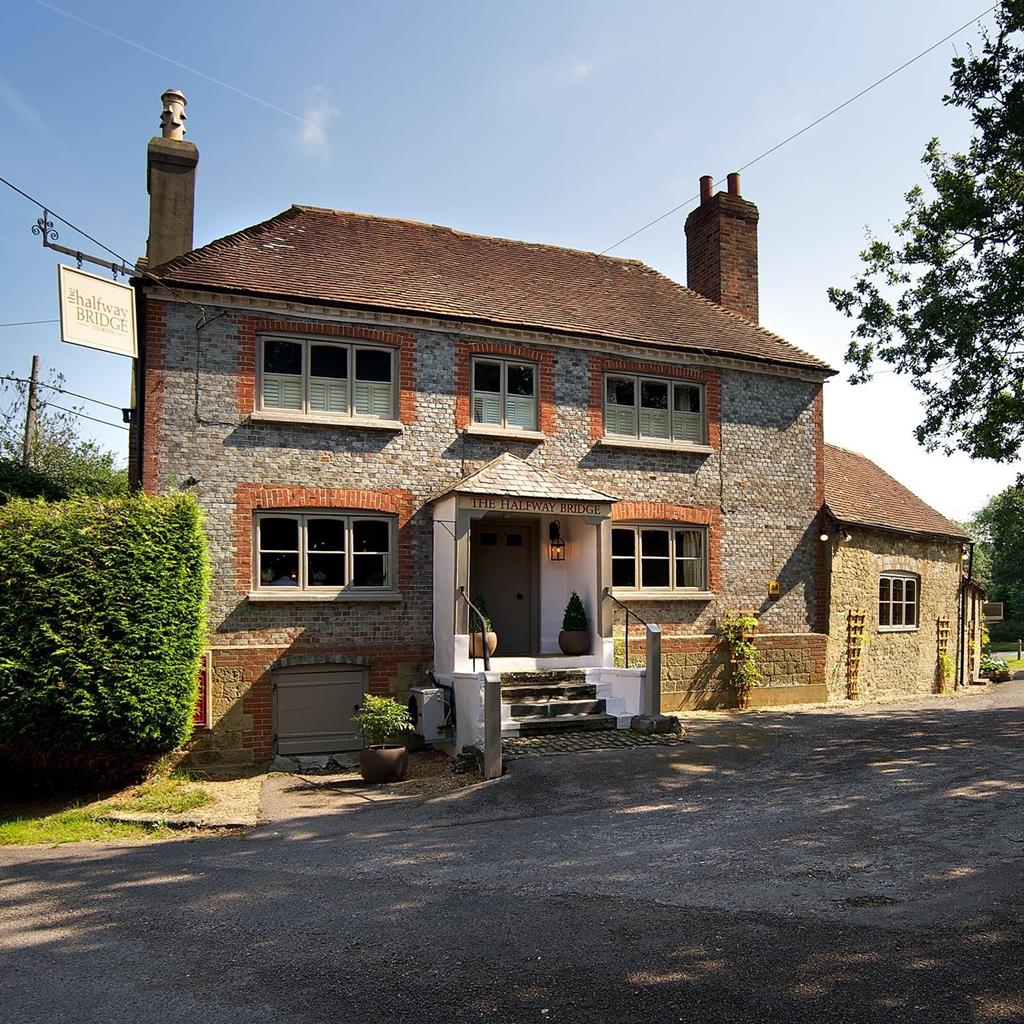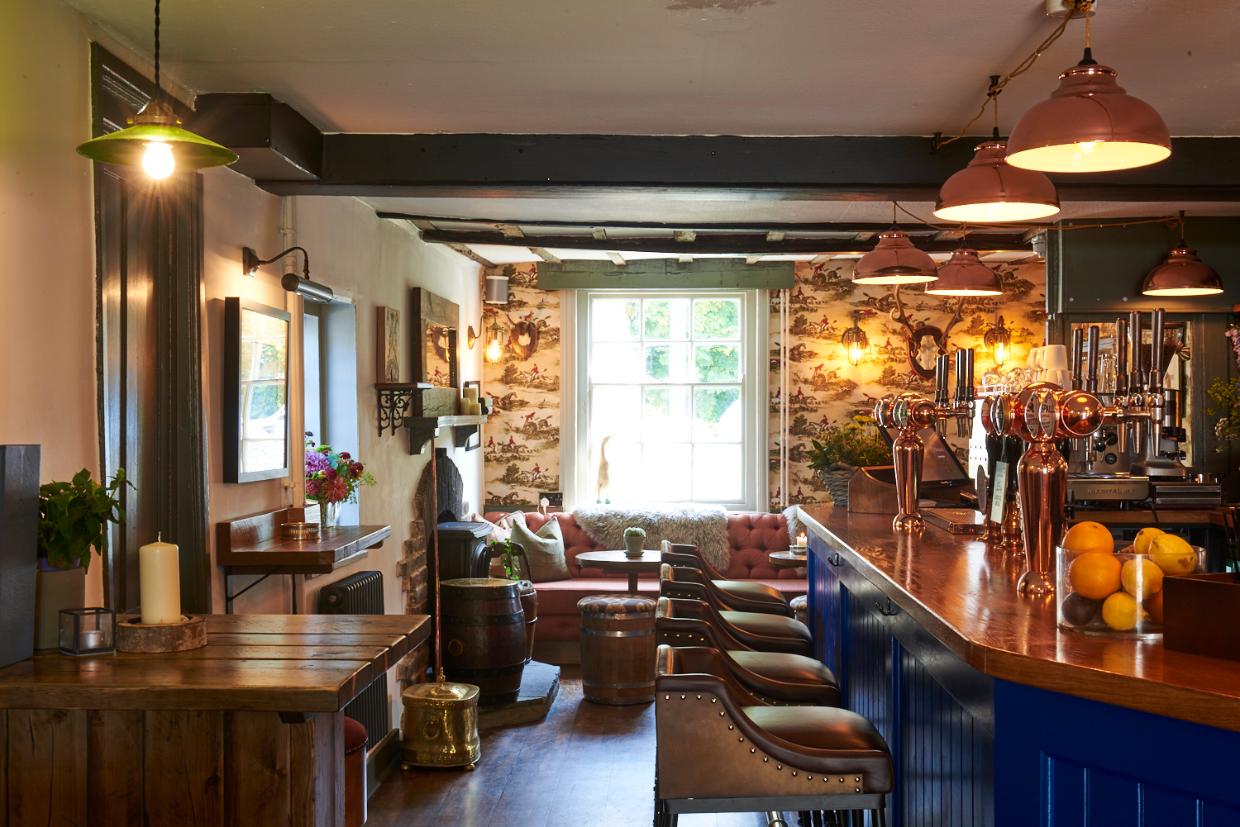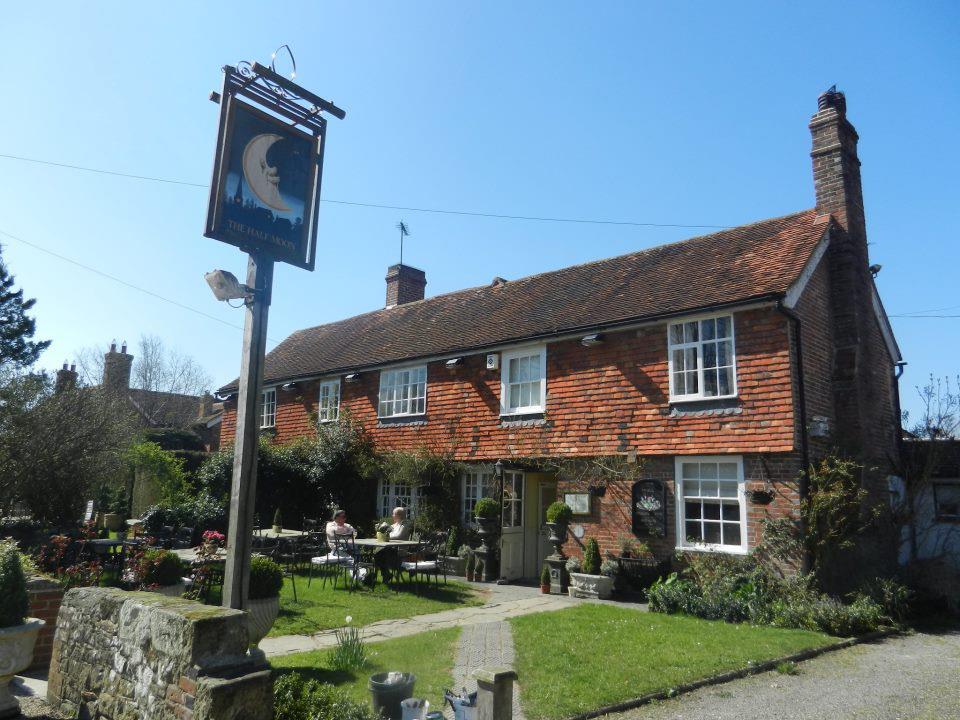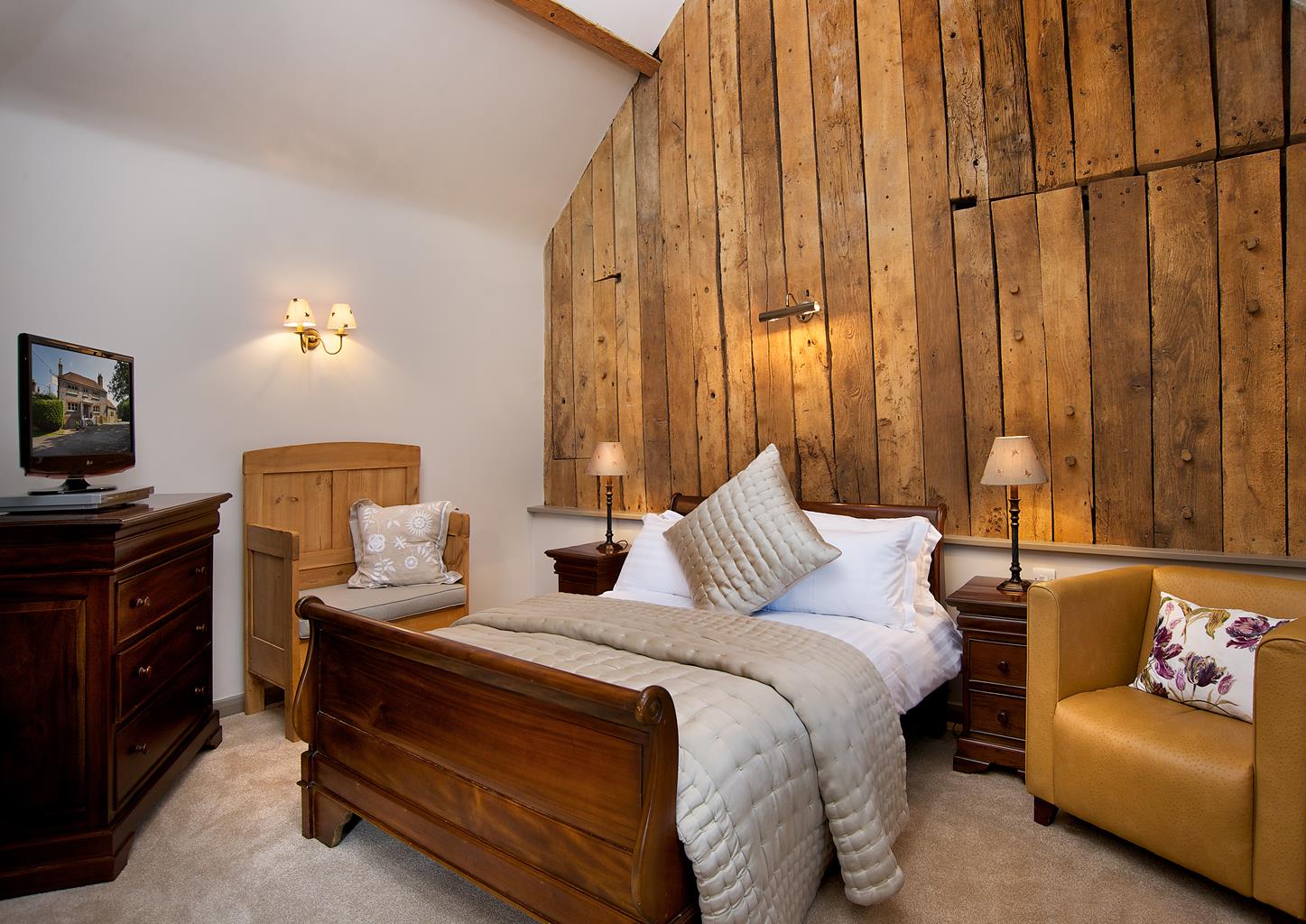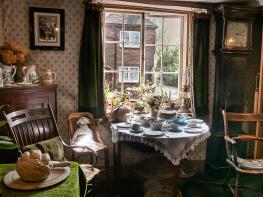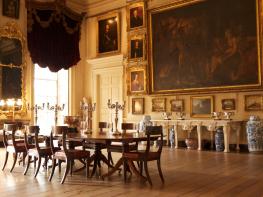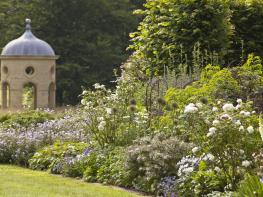This inn, located between Petworth and Midhurst, has attractively styled rooms in a converted…
Around Petworth

Enjoy both a fine historic town in the lee of a major country house and a rich pastoral landscape.
3.5 miles (5.7kms)
About the walk
Petworth town is precariously hemmed in between the walls of Petworth House’s grounds and the deep-cut valley that lies to the east of the town. Its streets are narrow with sharp corners, and it has always been a traffic bottleneck. In the 1970s Petworth was threatened with a north–south bypass. The problem was its route. If it went west it would destroy much of Petworth House’s superb great park, designed by ‘Capability’ Brown and painted by William Turner. If it went east the road would destroy the delightful countryside through which this walk passes. Either route would be potentially disastrous to the surroundings of this historic town. A vigorous campaign succeeded in stopping the bypass, but of course the traffic has not gone away.
Lombard Street is the prettiest in the town, and traffic free, while East Street has the grandest town houses. The area around the market square has many timber-framed buildings, and the town is full of antique shops. In the centre is the 1793 town hall, a two-storey stone building with arched windows.
An unexpected pleasure of Petworth are the numerous estate workers’ buildings, all painted in the same shade of maroon, tucked around back streets. In the High Street at the end of the walk, you pass the tiny Petworth Cottage Museum (open Tues-Sat afternoons, April to October), in the former home of Mrs Mary Cummings, employed as a seamstress. It is evocatively furnished as it might have looked when she lived there around 1910.
Petworth church tower is a curious structure. Stone in the lower stages, the upper part is brick, added in 1827. It was originally rendered, and above it was a spire more suited to a suburban church. Apparently Sir Charles Barry employed a design he was preparing for a church in Brighton. The spire was removed in 1947, and the present parapet and shallow tiled pyramidal roof built in 1953.
The walk passes through Byworth, a small village poised above the east bank of the deep-cut stream. Apart from an old pub, The Black Horse, there are two very attractive and much photographed and painted cottages where the route turns left off the main street. Both have whitewashed infill panels to their timber framing and are jettied, the upper storey projecting on curved brackets beyond the ground floor.
Walk directions
Leave the car park via the Old Bakery Shopping Arcade and its thriving independent bookshop. Continue up towards the distant church tower. Pass the Town Hall and continue up Lombard Street. At the top bear right towards Sir Charles Barry’s 1851 Gothic lamp standard and cross East Street into Bartons Lane (seen to the left). Follow this downhill, as it becomes a footpath.
Go through a kissing gate where there is a splendid view across the valley and a rolling pastoral landscape, unbelievably, once threatened with a bypass. Go through a second kissing gate and, ignoring paths to the left and right, descend to a stone bridge, then over it, continuing ahead to a hedge corner. Reaching this, continue ahead alongside the hedge. Through a kissing gate with the Serpent Trail waymarker, carry on up, then at the crest go forward just to the right of the nearest clump of pines.
Descend to a kissing gate by an oak tree and, once through this, ascend between hedges. At a junction at the top bear half right and continue on the track along the edge of and then within woodland. Continue ahead over two cross tracks, and where the path meets a metalled track bear sharp right along it towards a pair of large stone Petworth Estate gate piers beside the Goanah Lodges.
Just before the gate piers turn left onto a track passing a covered reservoir, and follow this out of the woods. Descend past farm buildings and where the track bends right go forward on a path that is fenced either side, cross a large field over a stile, walk past the nearest tree and maintain the same direction to the next stile.
Emerge by a narrow gap in the hedge onto the road, turn right along it and immediately left over a stile. Over this follow a fence to the bottom far corner of the field and drop to a gate and stile, followed quickly by another gate. Through this turn right on the lane through Byworth village.
Go left at a telephone box by a house with a Hovis sign, onto a tarmac lane, then through a gate ahead. Follow a path that bears right to a footbridge, a pond to your left, and cross a stile. Now in a paddock, go left alongside a fence and at the end climb a stile and bear left down to a footbridge over a stream.
Over the footbridge bear right and climb, continuing through a gap where there was a kissing gate. After a few paces bear left at an unwaymarked path fork and climb a field towards houses. At the crest keep ahead on a path between fences, garden fences and hedges to your right. Reaching the road bear right and follow it. The road eventually curves left and becomes the High Street on its way into the town centre. Go past the Petworth Cottage Museum and at the T-junction bear left back to the car park.
Additional information
Field paths and tracks, pavements in Petworth, several stiles
Rolling, pastoral countryside, woodland and a historic townscape
On a lead through the horse and cattle pasture on the northern section of the walk and on lead in town
OS Explorer 133 Haslemere & Petersfield
Car park in the centre of Petworth
In the car park
WALKING IN SAFETY
Read our tips to look after yourself and the environment when following this walk.
Find out more
Also in the area
About the area
Discover West Sussex
Divided from East Sussex back in 1888, West Sussex is so typically English that to walk through its landscape will feel like a walk through the whole country. Within its boundaries lies a wide variety of landscape and coastal scenery, but it is the spacious and open South Downs with which the county is most closely associated.
In terms of walking, you’ll be spoilt for choice. Studying the map reveals a multitude of routes – many of them to be found within the boundaries of the South Downs National Park – and an assortment of scenic long-distance trails leading towards distant horizons; all of them offer a perfect way to get to the heart of ‘Sussex by the sea,’ as it has long been known. If you enjoy cycling with the salty tang of the sea for company, try the ride between Chichester and West Wittering. You can vary the return journey by taking the Itchenor ferry to Bosham.
West Sussex is renowned for its many pretty towns, of course. Notably, there is Arundel, littered with period buildings and dominated by the castle, the family home of the Duke of Norfolk, that dates back nearly 1,000 years.
Nearby stays
Restaurants and Pubs
Nearby experiences
Recommended things to do
Why choose Rated Trips?
Your trusted guide to rated places across the UK
The best coverage
Discover more than 15,000 professionally rated places to stay, eat and visit from across the UK and Ireland.
Quality assured
Choose a place to stay safe in the knowledge that it has been expertly assessed by trained assessors.
Plan your next trip
Search by location or the type of place you're visiting to find your next ideal holiday experience.
Travel inspiration
Read our articles, city guides and recommended things to do for inspiration. We're here to help you explore the UK.


